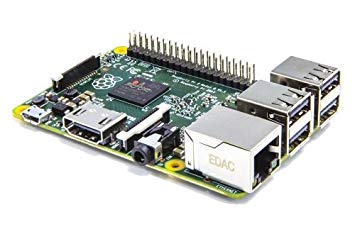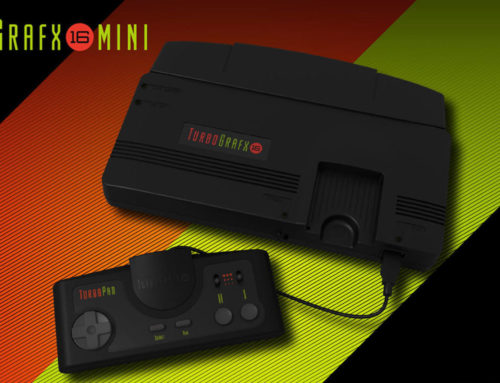As many know, I am a big fan of the Raspberry Pi microcomputers and have been using them since the first iteration. I have used them for countless Point of Concept projects for companies to a simple jukebox for my niece and nephew. The community that surrounds the Pi are welcoming and are always willing to help others on their projects. Many times I got snagged trying to work on a specific program and I had an answer back from the community as little as a few minutes.
A Simple Project
For those thinking about picking up a microcomputer to do “something,” it can be a daunting experience at first. When I first grabbed a Pi I had high expectations on what I was going to do with it, and then I saw diagrams and breadboards and wires and soldering and I almost gave up before I started. It was a lot of moving pieces and I didn’t know anything.
I kept at it though and made a simple little FTP server from my Pi. This FTP server required no extra parts other than what the Pi needs to run. After the Pi was running with an OS, I installed an FTP server from the Pi Store, which is built into the OS. After that I made some quick changes to my router to forward all FTP traffic to the Pi and boom, I was up and running. Now I could upload myself files from anywhere that had an internet connection. The only thing I had to do was make sure I remembered my public IP address to connect.
Once that project was done and I was uploading pictures from my phone when I was on vacation, I decided I wanted to take this FTP server a step further. If I could upload photos to my FTP and I could download from the FTP, could I set up a client that auto-downloaded an MP3 and play it immediately without user interaction? Yes. Yes. I could.
The Project Evolves
At the time, I had planned a vacation with my sister and her two children who were about 6 and 7 at the time. We were going to Disney World and I wanted to get the kids hyped up a few months before. So I figured I would gut an old-timey radio, put a pi with some speakers inside and have it play a weekly podcast about Disney World that would be hosted by me.
I took my FTP project and set up a secondary Pi with an FTP client on it. The same way I set up an FTP server on my first Pi. Then I created a simple bash script that would run as the pi booted up, connect to my FTP Server, download the MP3, and then play the MP3 on the default Pi audio player. This worked fine as long as the Pi was connected to Ethernet as it needed an internet connection to download the MP3. That means 2 wires would be coming out of the radio shell. I couldn’t have that; the radio should only need to be plugged in.
To fix my dilemma of having multiple cables protruding from the radio case, I bought a USB wifi card for the Pi. I took the Pi to my sister’s house and joined it to the Wifi before putting it all together in the radio shell. Now the Pi had Wifi and would connect when the Pi booted. This, however, created an issue because if the bash script to download the MP3 ran before the Wifi connected, it would simply error out. Sigh, another issue to fix.
To fix this, I added 1 line of code to the top of the script. A delay. The script would start but would wait 30 seconds before running the download command to ensure the Pi was connected to the internet first. Blamo! The project was complete, all I had to do was record a podcast and put it on the FTP server.
When to use a Micro Computer
The point to the long-winded story and I guess the TL;DR is, find a project and make the Pi work for you. Once you have your sights set on accomplishing a task or goal, the project becomes more fun an essential. Trying to figure out what you want to use the Pi for after the fact, tends to be a little harder. So come up with a project you want to do or a problem you want to fix utilizing the Pi. Everything from home automation, Video Game arcade machines, to a DIY alcohol B.A.C level check can be done with these microcomputers.
For a list of Raspberry Pi Projects or to purchase a microcomputer check out Adafruit. For info about the Raspberry Pi in gaming check out our article on that here.







